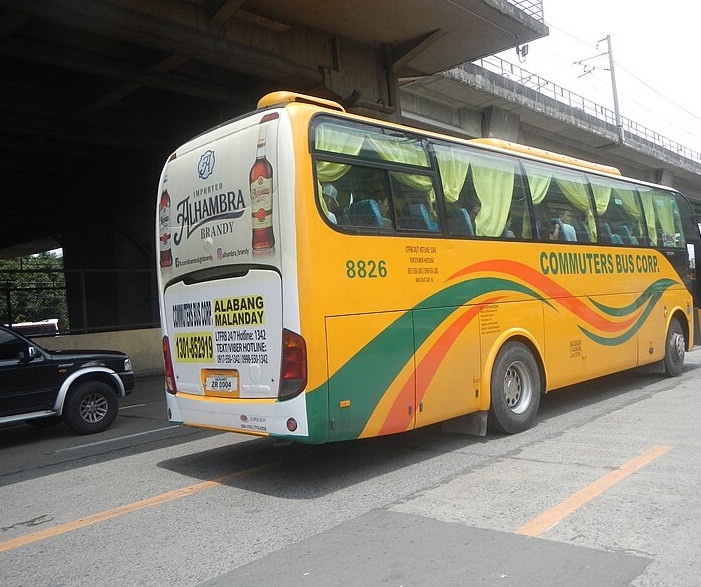Public transport is often heralded as a cost-effective and environmentally friendly alternative to private vehicles. However, beneath its many benefits lies a less discussed issue: the impact of public transport on mental well-being. For millions of commuters worldwide, using buses, trains, and subways can significantly elevate stress and anxiety levels. Here, we delve into the factors that contribute to this phenomenon and explore potential solutions.
Crowding and Overcrowding
One of the most immediate stressors associated with public transport is overcrowding. Commuters often find themselves crammed into tight spaces during peak hours, leading to feelings of claustrophobia and discomfort. The sheer density of people can heighten anxiety levels, particularly for those who may already struggle with social situations or enclosed environments.
Unpredictability and Time Pressure
Public transport schedules are notorious for their unpredictability. Delays, cancellations, and unexpected route changes can leave commuters feeling frustrated and anxious about being late for work or appointments. The pressure to arrive on time can lead to an unhealthy cycle of stress, as individuals constantly check their watches or smartphones for updates. This relentless worry can take a toll on mental health, particularly for those who may already be navigating a busy lifestyle.
Safety Concerns
Safety is another critical factor that contributes to stress during public transport. Incidents of theft, harassment, and other forms of anti-social behavior can leave passengers feeling vulnerable and anxious. This is especially true for women and marginalized groups, who may experience heightened fears of victimization. The constant awareness of potential threats can create a state of hyper-vigilance, further exacerbating feelings of anxiety.
Lack of Control
Public transport inherently requires passengers to relinquish control over their travel experience. From choosing routes to managing the pace of their journey, individuals often find themselves at the mercy of transit authorities. This lack of agency can lead to feelings of helplessness and frustration, particularly when circumstances do not align with their needs or expectations. The desire for control is a fundamental aspect of mental well-being, and the inability to exercise it can amplify anxiety.
Coping Mechanisms and Solutions
While the stress associated with public transport is palpable, there are coping strategies that individuals can employ. Mindfulness techniques, such as deep breathing and meditation, can help alleviate anxiety during commutes. Listening to calming music or engaging in podcasts can also serve as effective distractions.
Moreover, transportation authorities can implement measures to improve the commuting experience. Expanding services during peak hours, ensuring cleaner and safer environments, and providing real-time updates can mitigate some of the stressors faced by passengers. By prioritizing passenger comfort and safety, transit systems can play a pivotal role in fostering a more positive
.
Finally
Public transport serves as a lifeline for many, yet its drawbacks, particularly regarding stress and anxiety, cannot be ignored. By understanding the factors that contribute to elevated anxiety levels, commuters can adopt coping strategies, while transit authorities can work towards enhancing the overall experience. As we strive for a more sustainable future, addressing the mental health implications of public transport will be crucial in creating a more enjoyable and accessible commuting environment for all.
